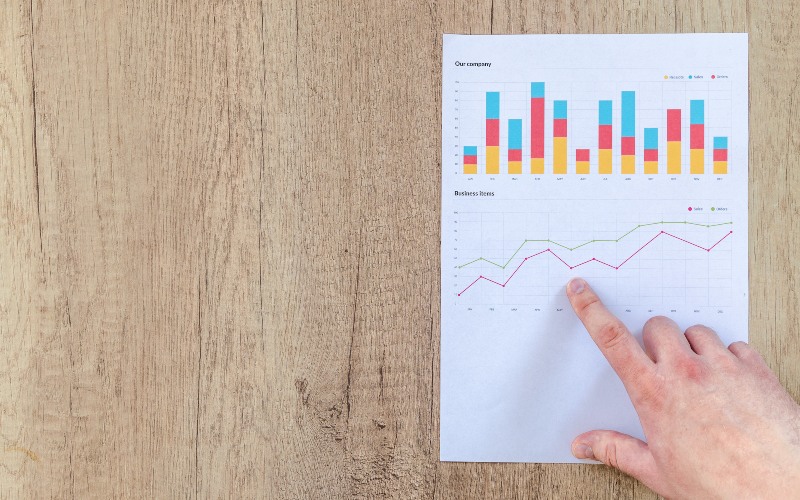
Demand or sales forecasting helps you estimate your future customer demand over a specific time. Hence, it uses historical data with other information and is integral to any business. When implemented correctly, demand forecasting provides valuable information.
You get data about the current and other markets so that your managers make informed decisions about the business growth, from market potential strategies to pricing. So, if you fail to use demand forecasting, you place your business at risk of making poor decisions about your products and the target market.
The short of it is that your business starts to run at a loss, not a profit.
Why Demand Forecasting Matters
We can give you many reasons why demand forecasting is essential and needs to be present in your company:
- When you have a sales forecast, you have information assisting you with setting goals and budgeting. With an understanding of your future sales, you can build and implement a procurement strategy ensuring the supply matches your client demand at certain product levels.
- As an organization, you can optimize your inventory levels to increase the turnover rate and reduce holding costs more effectively.
- With demand forecasting, you can identify or rectify issues in your sales pipeline ahead of time to keep your company performing for a specific period. You can do this in your inventory management, as too much inventory leads to a considerable loss.
- Furthermore, you get insight into your upcoming cash flow to budget payments for your suppliers and other operational costs and still invest in your growth.
- In turn, you will know when to increase your staff and other resources to ensure everything runs smoothly in peak times.
Hence, having a demand forecasting tool for your business and understanding how to use it is key to getting the most out of it.
Different Demand Forecasting Methods
There are three basic categories when you look at demand forecasting:
Qualitative Demand Forecasting
You use the technique when little data is available to work with. For example, you find it used in new businesses or when introducing your product into the market. Hence, you use market research and comparative analyses and get expert opinions to create your estimates.
A Time Series Analysis
You use time series analysis when you have historical data for your product line. With this demand forecasting, you can identify seasonal fluctuations in demand to sales trends and see cyclical patterns. The method works for established businesses that have years’ worth of data to work with.
Casual Demand Models
It is a sophisticated yet complex demand forecasting tool using specific information from relationships between different variables that affect the demand in the market—for example, your competitors, economic forces, and other socioeconomic factors.
Here historical data is essential to provide you with an accurate demand forecast. For instance, if you have a shoe shop, you look at your marketing budget, promotional activities, sales data, overall demand for shoes in your area, weather, and unemployment rate.
Final Thoughts
As you can see, demand forecasting is essential in any business, and you can get different types of forecasting available. So whether you want passive demand forecasting for a stable business or active demand forecasting, contact John Galt to help you with your key sales forecasting metrics.
Originally posted 2022-10-27 14:45:00.









